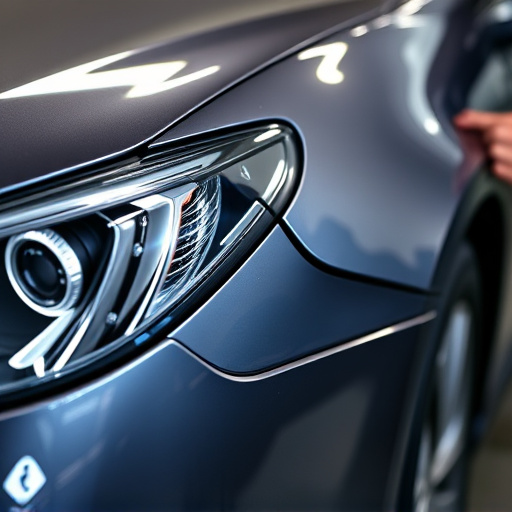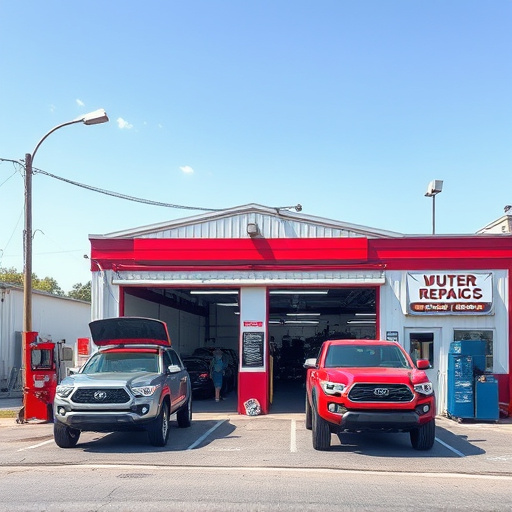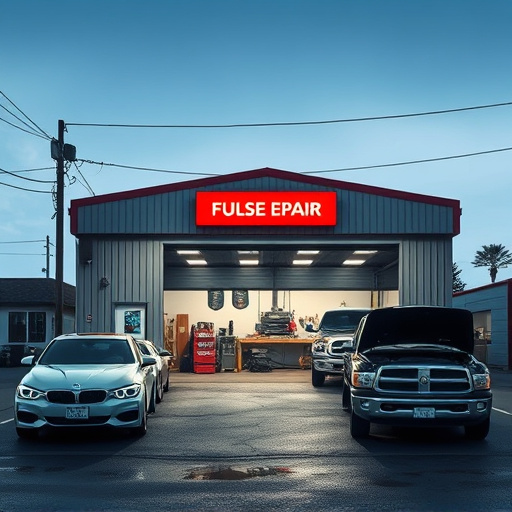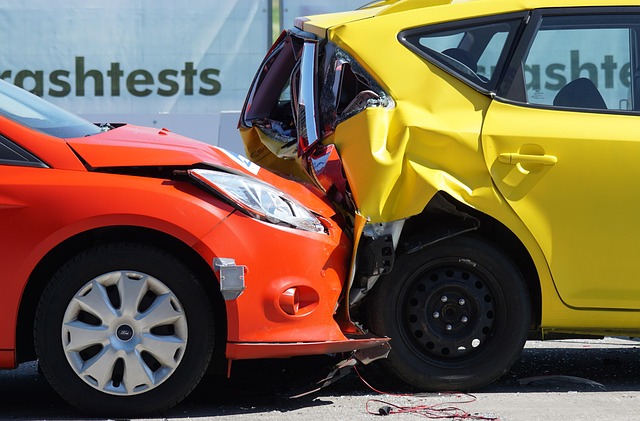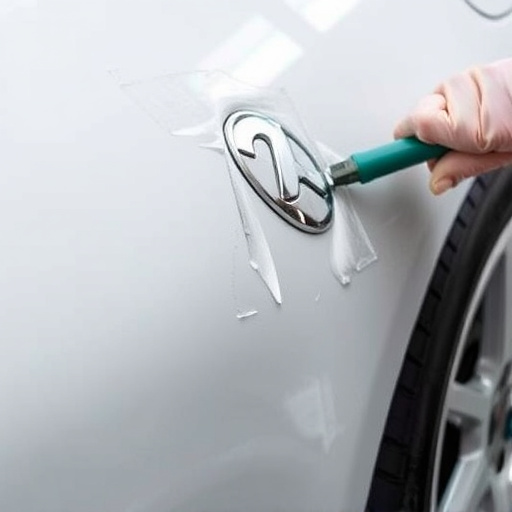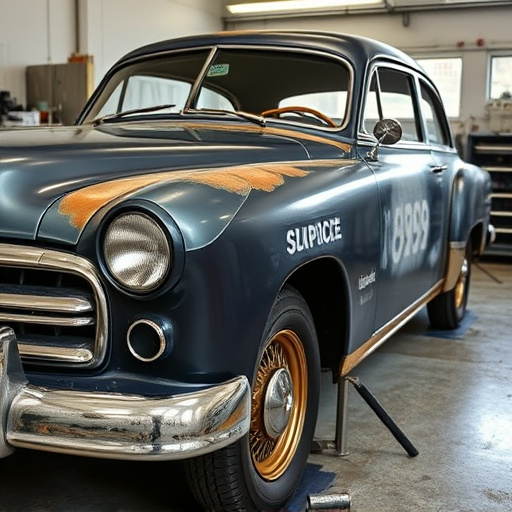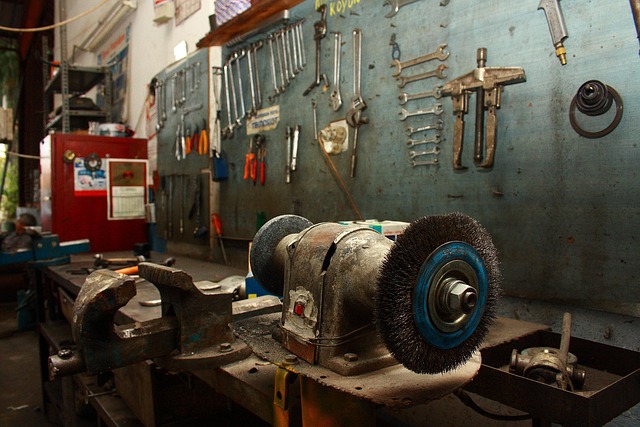Adhesive bonding techniques, using epoxy resins, polyurethane adhesives, and cyanoacrylate, are crucial in modern automotive manufacturing and repair for lightweight composite materials. These methods offer precise assembly, maintain structural integrity, enhance safety, reduce weight, and preserve aesthetics. Effective use requires selecting compatible adhesives, proper surface preparation, environmental control, uniform application, and adherence to curing times.
Adhesive bonding is revolutionizing the automotive industry, particularly for lightweight vehicle materials. As the demand for fuel efficiency and advanced materials grows, understanding effective adhesive bonding techniques becomes essential. This article delves into the intricacies of adhesive bonding for lightweight vehicles, exploring common adhesives and their applications, while offering best practices to achieve strong, durable bonds. By leveraging these techniques, automakers can create lighter, more efficient vehicles without compromising structural integrity.
- Understanding Adhesive Bonding for Lightweight Vehicles
- Common Adhesives and Their Applications in Automotive Lightening
- Best Practices for Achieving Strong Bonds with Lightweight Materials
Understanding Adhesive Bonding for Lightweight Vehicles
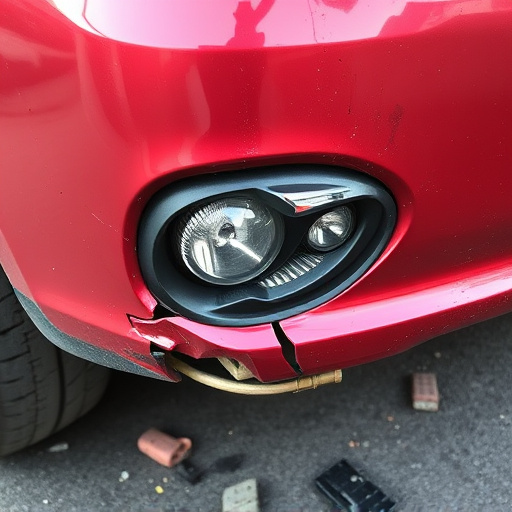
Adhesive bonding is a critical technique for assembling and repairing lightweight vehicle materials, offering a strong and durable alternative to traditional fastening methods. This method involves using adhesive substances to join two or more surfaces together, ensuring an exceptionally robust bond that can withstand various stresses and forces within automotive structures. It’s particularly beneficial for modern vehicles that incorporate advanced composite materials, requiring efficient and precise assembly processes without compromising structural integrity.
Understanding how adhesive bonding techniques work is essential in the context of car paint repair and even minor fender benders, as it enables technicians to make informed decisions during automotive collision repair. With advancements in adhesives, manufacturers can achieve seamless integration between different components, contributing to improved vehicle performance, reduced weight, and enhanced safety—all without sacrificing aesthetics or structural rigidity.
Common Adhesives and Their Applications in Automotive Lightening

In the pursuit of lightweight vehicle materials for automotive manufacturing, adhesive bonding techniques have emerged as a prominent solution. Common adhesives used in this context include epoxy resins, polyurethane adhesives, and cyanoacrylate (super glue). Epoxy resins are highly versatile and ideal for bonding various materials like metal, plastic, and composite fibers, making them a go-to choice for structural applications in vehicles. Polyurethane adhesives, known for their flexibility and strength, excel in sealing and bonding rubber, plastic, and foam components commonly found in modern vehicles. Cyanoacrylate adhesives offer instant bonding strength and are particularly useful for quick repairs, such as car damage repair, and temporary fixes during vehicle repair services.
These adhesive bonding techniques contribute significantly to the overall weight reduction of vehicles, thereby enhancing fuel efficiency and performance. By replacing traditional fastening methods, adhesive bonding can simplify assembly processes and reduce part counts in vehicle repair, ultimately leading to lighter and more durable structures.
Best Practices for Achieving Strong Bonds with Lightweight Materials
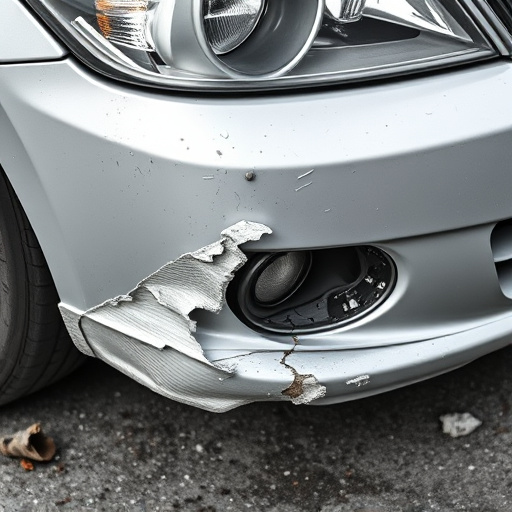
Achieving strong bonds with lightweight vehicle materials through adhesive bonding techniques requires a meticulous approach. First, selecting the right adhesive for specific material combinations is paramount; compatibility ensures robust connections between components. Pre-treatment of surfaces, including cleaning and degreasing, is essential to eliminate contaminants that could weaken the bond. Proper preparation involves ensuring roughened or textured surfaces for enhanced mechanical interlock with the adhesive.
In auto body repair or automotive repair shops, best practices include controlling environmental conditions like humidity and temperature during application. Applying adhesives uniformly and following manufacturer guidelines for curing times are critical. Additionally, using specialized tools for precise application ensures minimal overspray and waste, enhancing efficiency in car repair shop settings.
Adhesive bonding has emerged as a game-changer in the automotive industry, particularly for lightweight vehicle materials. By understanding the unique requirements of these materials and implementing best practices, manufacturers can achieve strong, durable bonds that enhance vehicle performance and efficiency. Common adhesives, such as epoxy and polyurethane, play pivotal roles in this process, enabling the creation of lighter, more sustainable vehicles. Embracing innovative adhesive bonding techniques is thus a key step towards a future of eco-friendly and high-performance transportation.
